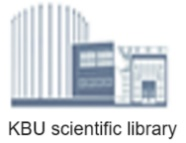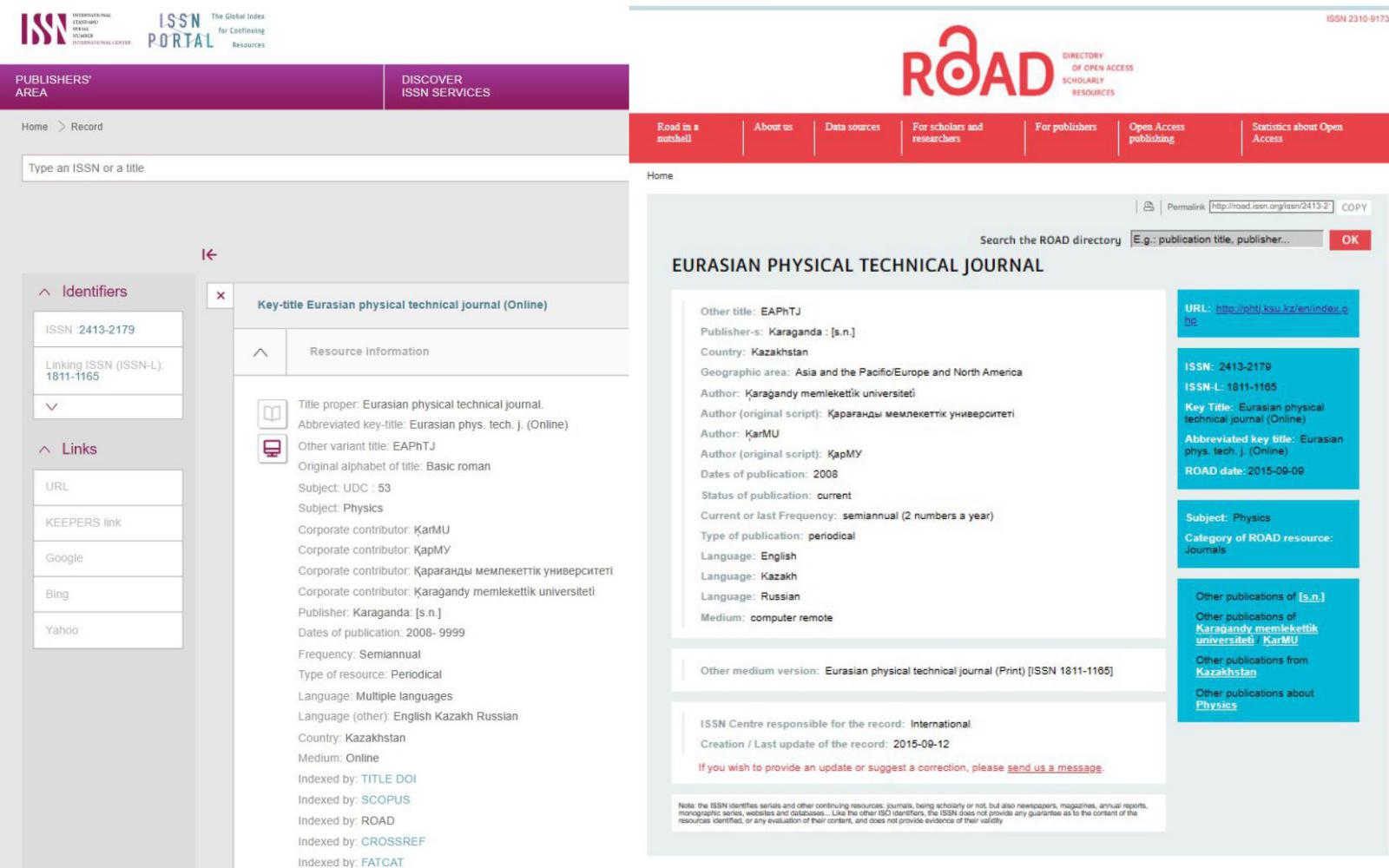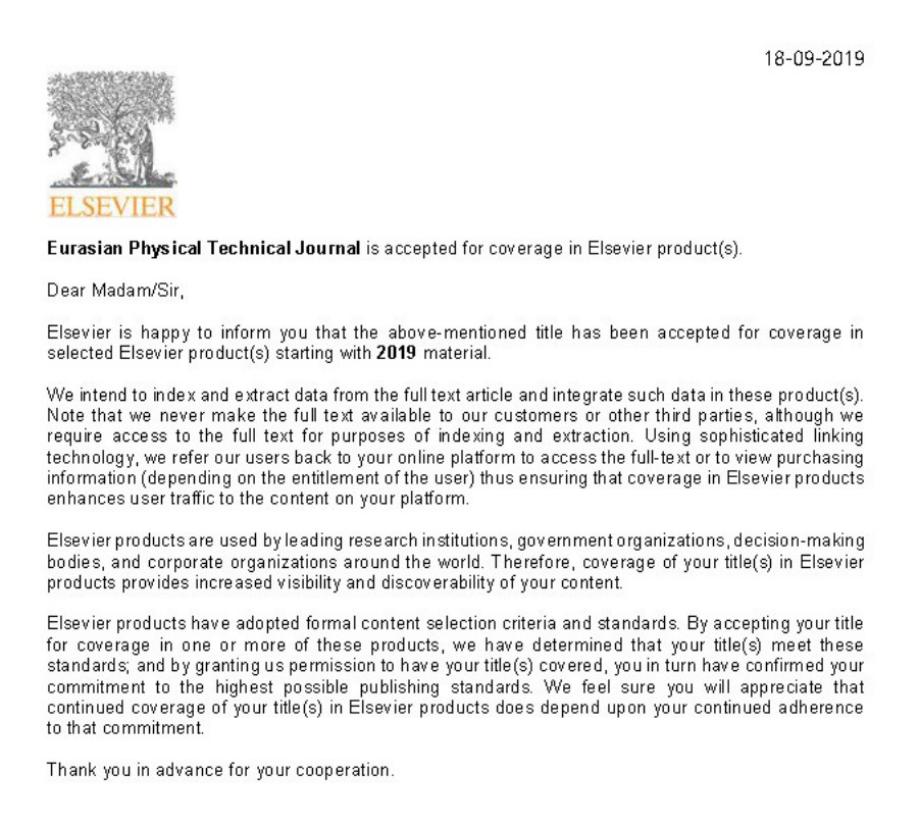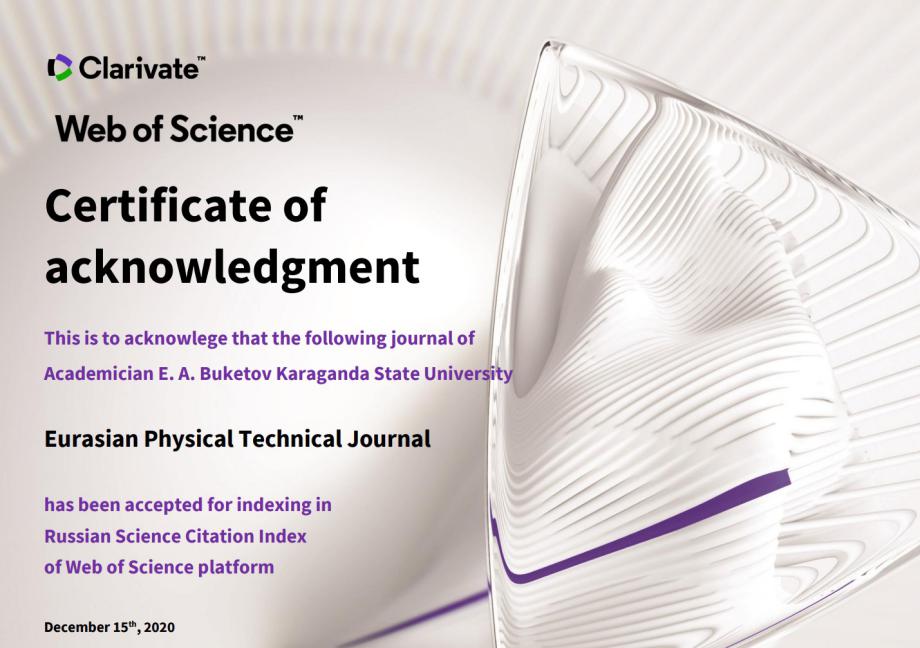GENERALIZATION OF THE LOCAL APPROACH APPLICATION TO THE ASSESSMENT OF TRANSFER PROCESSES IN HEAT POWER EQUIPMENT
DOI:
https://doi.org/10.31489/2025N2/70-78Keywords:
local thermophysical parameters, local aerodynamic characteristics, heat exchange surfaces, coolant supply systemAbstract
In order to develop measures to improve the thermal efficiency of working surfaces and the coolant supply system, it is necessary to examine and analyze the results of comprehensive studies of transfer processes under complex conditions of interaction of external (increased turbulence) and internal (separation) turbulent effects typical for heat power equipment. The aim of the work is to develop methods for assessing transfer processes in such equipment based on local control of thermophysical parameters in characteristic zones of the working environment. The object of the study is heat exchange surfaces of power, chemical and electronic equipment, as well as coolant supply systems. The research method is physical modeling of turbulent effects of various natures and processes of heat, momentum and mass transfer using hot-wire, electro-calorimetric methods, and heat and mass analogy methods. The article considers the generalization of the local approach application on examples of assessing the influence of increased turbulence, local closed separations and unsteady flows on transfer processes in the flow part of heat power equipment for various purposes. A local approach to the development of an effective coolant supply system for the technology of final drying of plant waste fragments is also considered. The use of a local approach, which allows recording thermophysical parameters in any characteristic zone of the working space, provides the ability to control the most thermally stressed areas. These results are the basis for developing measures to increase the thermal efficiency of working surfaces.
References
Wissink J.G., Zaki T.A., Rodi W., Durbin P. (2014) The Effect of wake Turbulence Intensity on Transition in a Compressor Cascade. Flow Turbulence Combust., 93, 555–576. https://doi.org/10.1007/s10494-014-9559-z DOI: https://doi.org/10.1007/s10494-014-9559-z
Simoni D., Ubaldi M., Zunino P., Bertini F. (2012) Transition mechanisms in laminar separation bubbles with and without incoming wakes and synthetic jet effects. Exp Fluids., 53, 173 – 186. https://doi.org/10.1007/s00348-012-1281-9 DOI: https://doi.org/10.1007/s00348-012-1281-9
Dick E., Kubacki S. (2017) Transition Models for Turbomachinery Boundary Layer Flows: A Review. International Journal of Turbomachinery, Propulsion and Power, 2, 2, 1-45. https://doi.org/10.3390/ijtpp2020004 DOI: https://doi.org/10.3390/ijtpp2020004
Shahinfar S., Fransson J.H.M. (2011) Effect of free-stream turbulence characteristics on boundary layer transition. J. Phys. Conf. Ser., 318, 032019. Available at: https://iopscience.iop.org/article/10.1088/1742-6596/318/3/032019 DOI: https://doi.org/10.1088/1742-6596/318/3/032019
Grzelak J., Wiercinski Z. (2017) Length scale of free stream turbulence and its impact on bypass transition in a boundary layer. Journal of Applied Fluid Mechanics, https://doi.org/10.18869/acadpub.jafm.73.238.27159 DOI: https://doi.org/10.18869/acadpub.jafm.73.239.27159
Alkahdery L.A., Yurchenko A.V., Mohammed J.A.-K., Mekhtiyev A.D., Neshina Y.G. (2023) Performance improvement of solar dryer using an auxiliary heat source under different values of airflow rates. Eurasian phys. tech. j. 20(1(43), 42–50. https://doi.org/10.31489/2023No1/42-50 DOI: https://doi.org/10.31489/2023No1/42-50
Alkahdery L.A., Yurchenko A.V., Mohammed J.A.-K., Neshina Y.G. (2023) Automated temperature and humidity control and monitoring system for improving the performance in drying system. Eurasian phys. tech. j., 20(2(44), 32–40. https://doi.org/10.31489/2023No2/32-40 DOI: https://doi.org/10.31489/2023No2/32-40
Wang B., Liu Zh., Zhang B., Wang Zh., Wang G. (2019) Heat Transfer Characteristic of Slit Nozzle Impingement on High-temperature Plate Surface. ISIJ International., 59, 5, 900 – 907. https://doi.org/10.2355/isijinternational.ISIJINT-2018-576 DOI: https://doi.org/10.2355/isijinternational.ISIJINT-2018-576
Suprun T.T. (2022) Local approach to improve the aerodynamic characteristics of the final drying process. Eurasian phys. tech. j., 19, 2 (40), 65 – 70. https://doi.org/10.31489/2022No2/65-70 DOI: https://doi.org/10.31489/2022No2/65-70
Suprun T.T. (2021) Local approach for evaluating heat transfer of prismatic elements on a flat surface. Eurasian phys. tech. j., 18, 3 (37), 43 - 47. https://doi.org/10.31489/2021No3/43-47 DOI: https://doi.org/10.31489/2021No3/43-47
Funazaki K. (1996) Unsteady boundary layers on a flat plate disturbed by periodic wakes: part I –Measurements of wake-affected heat transfer and wake-induced transition model. J. Turbomach., 118, 327 – 336 https://doi.org/10.1115/1.2836643 DOI: https://doi.org/10.1115/1.2836643
Downloads
Published online
How to Cite
Issue
Section
License

This work is licensed under a Creative Commons Attribution-NonCommercial-NoDerivatives 4.0 International License.













